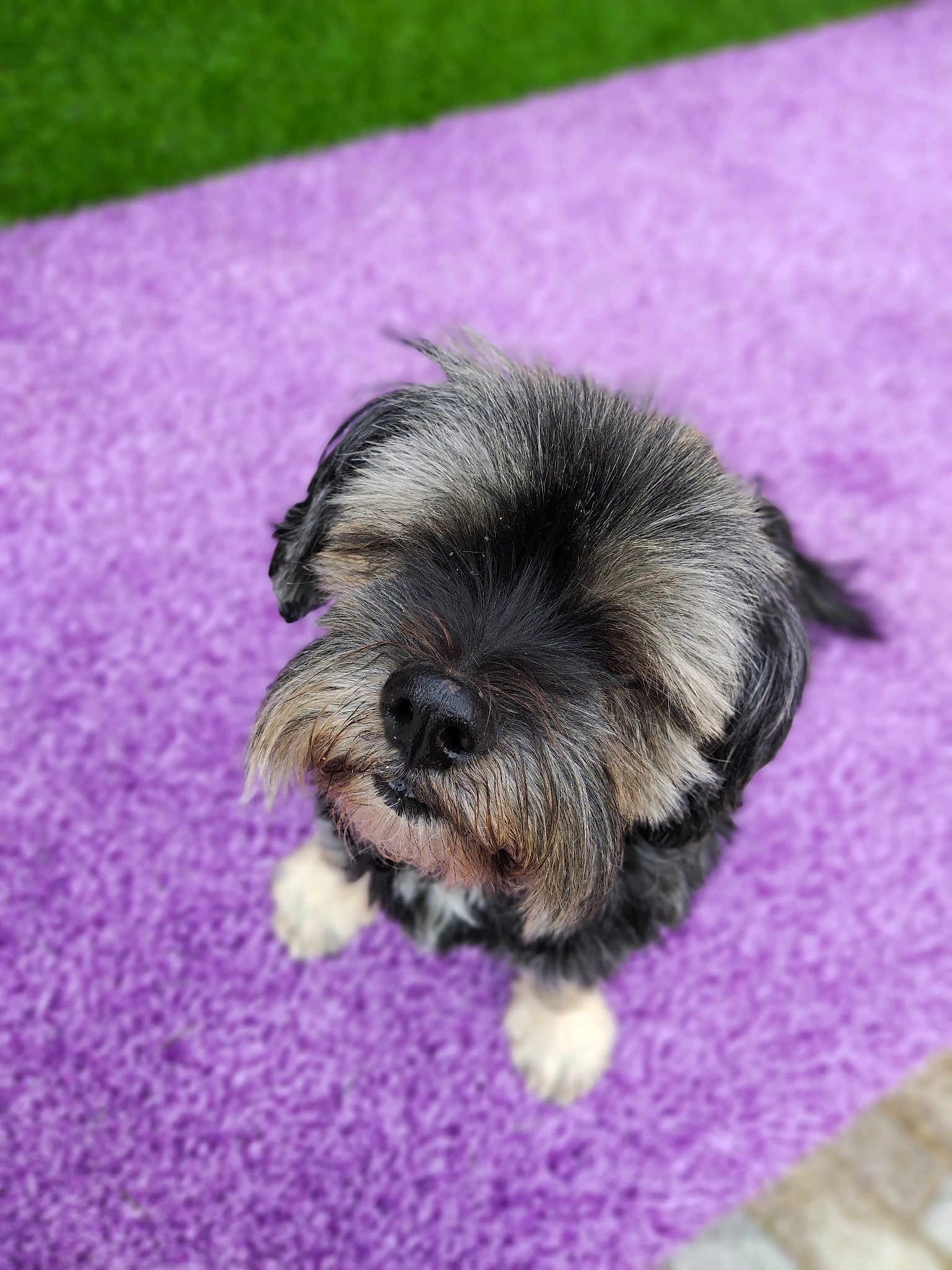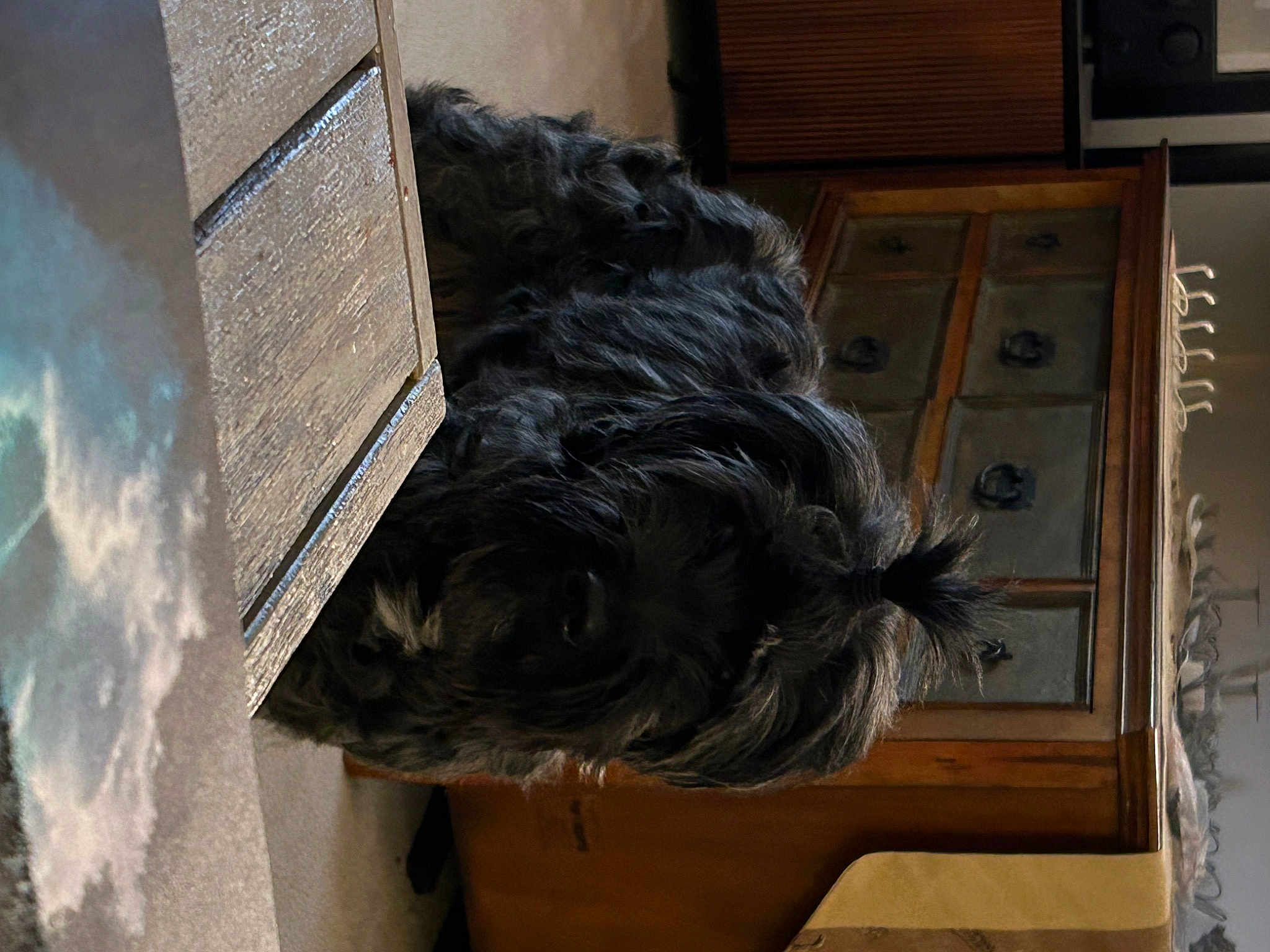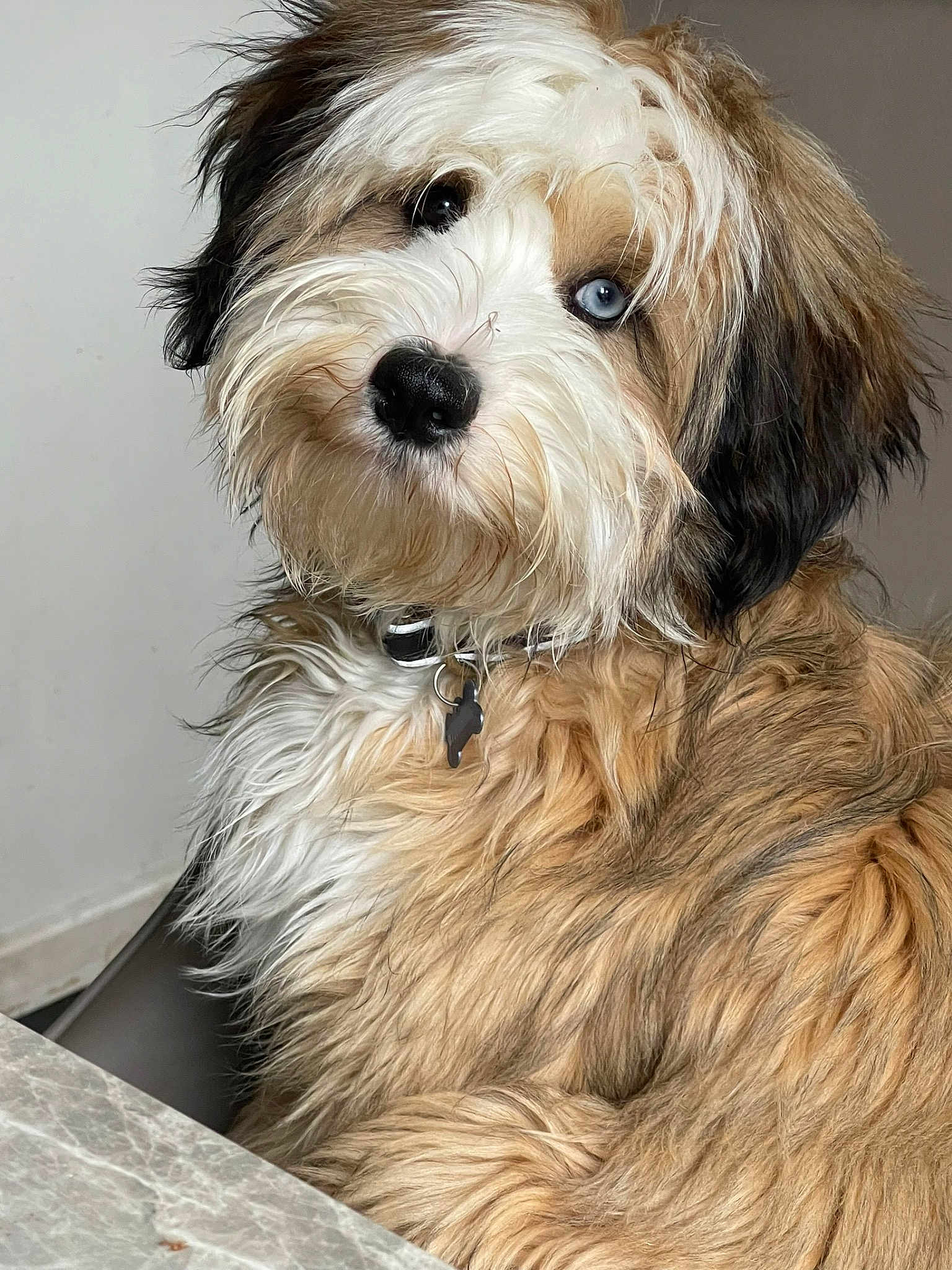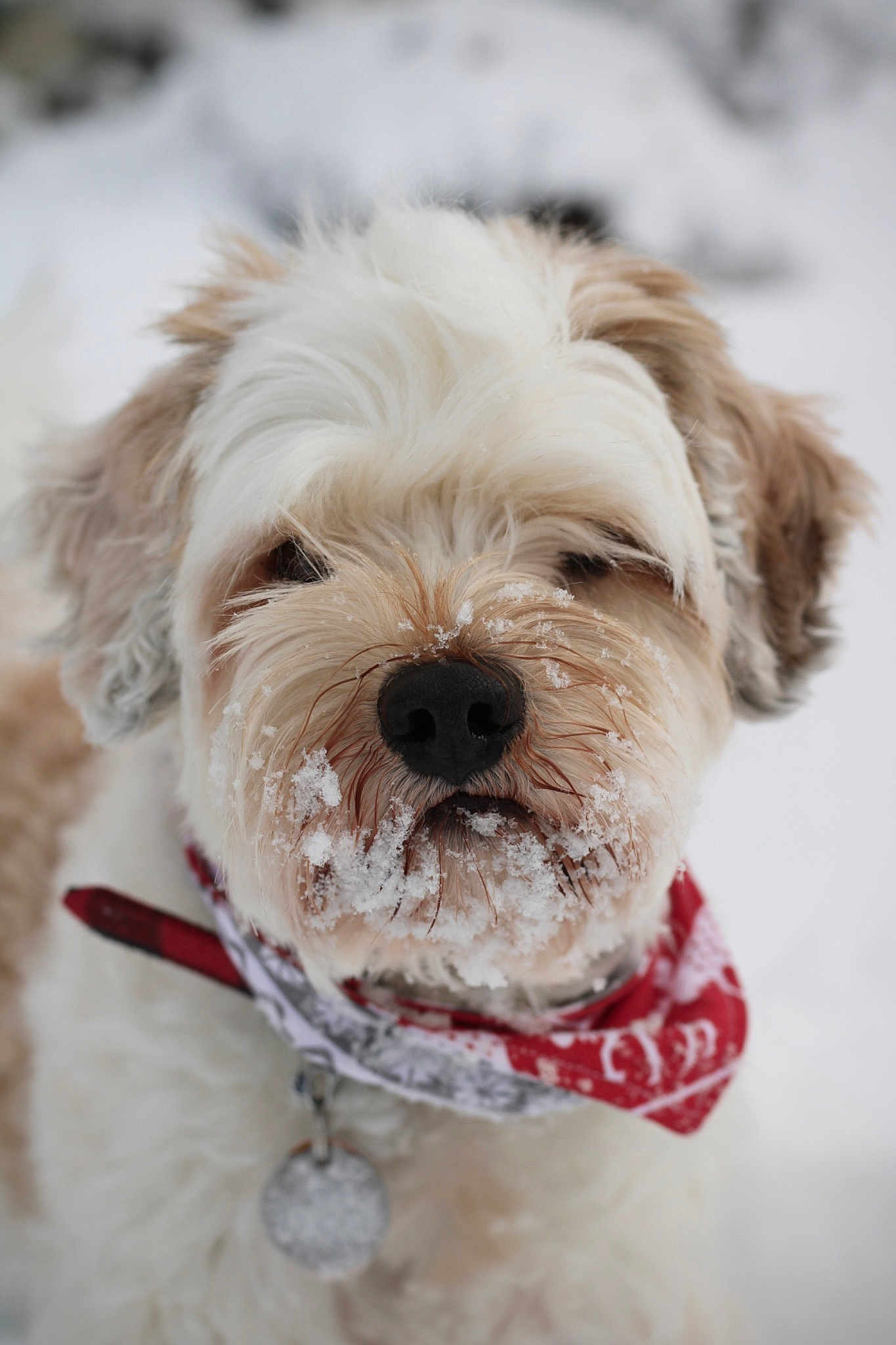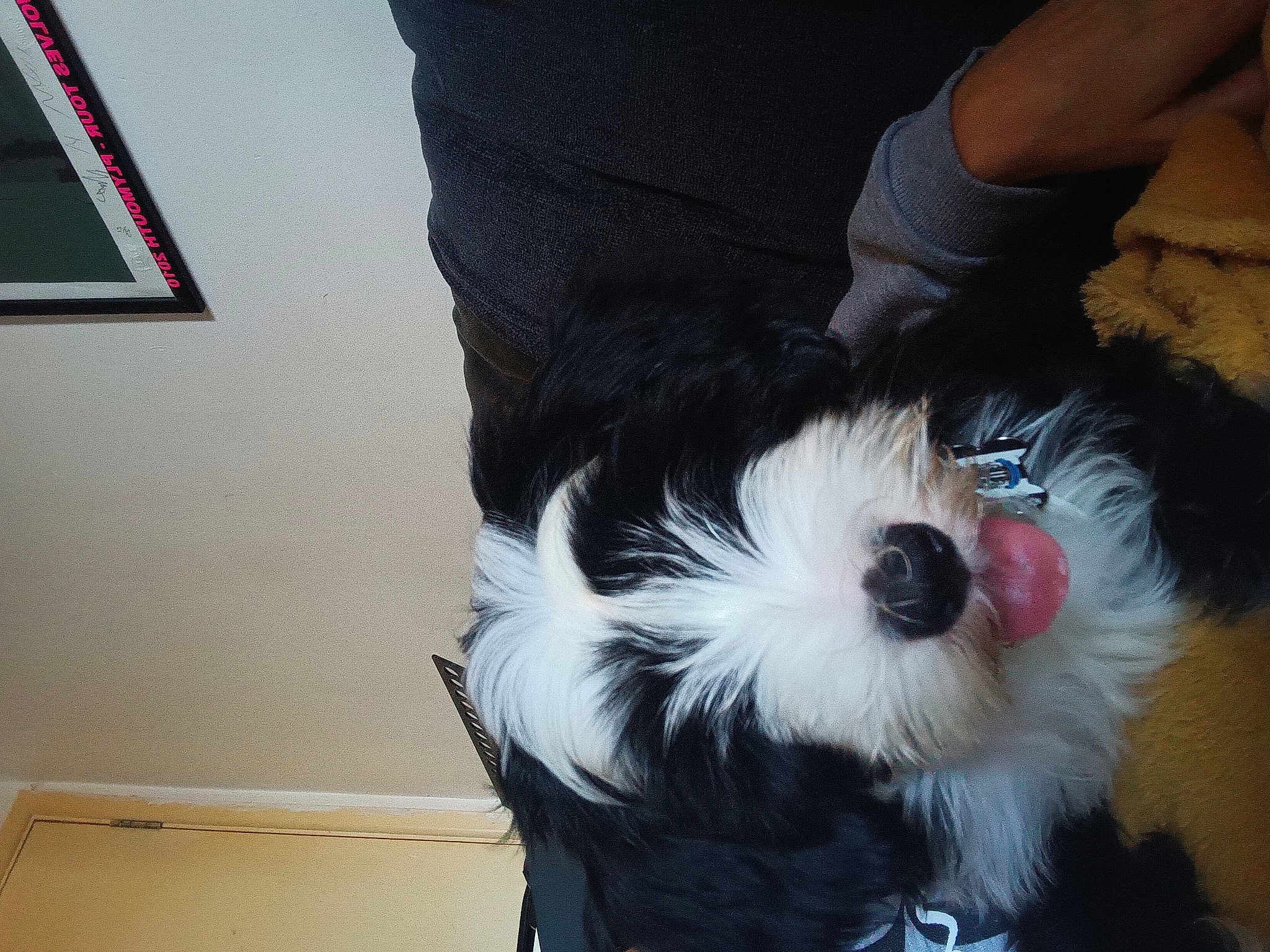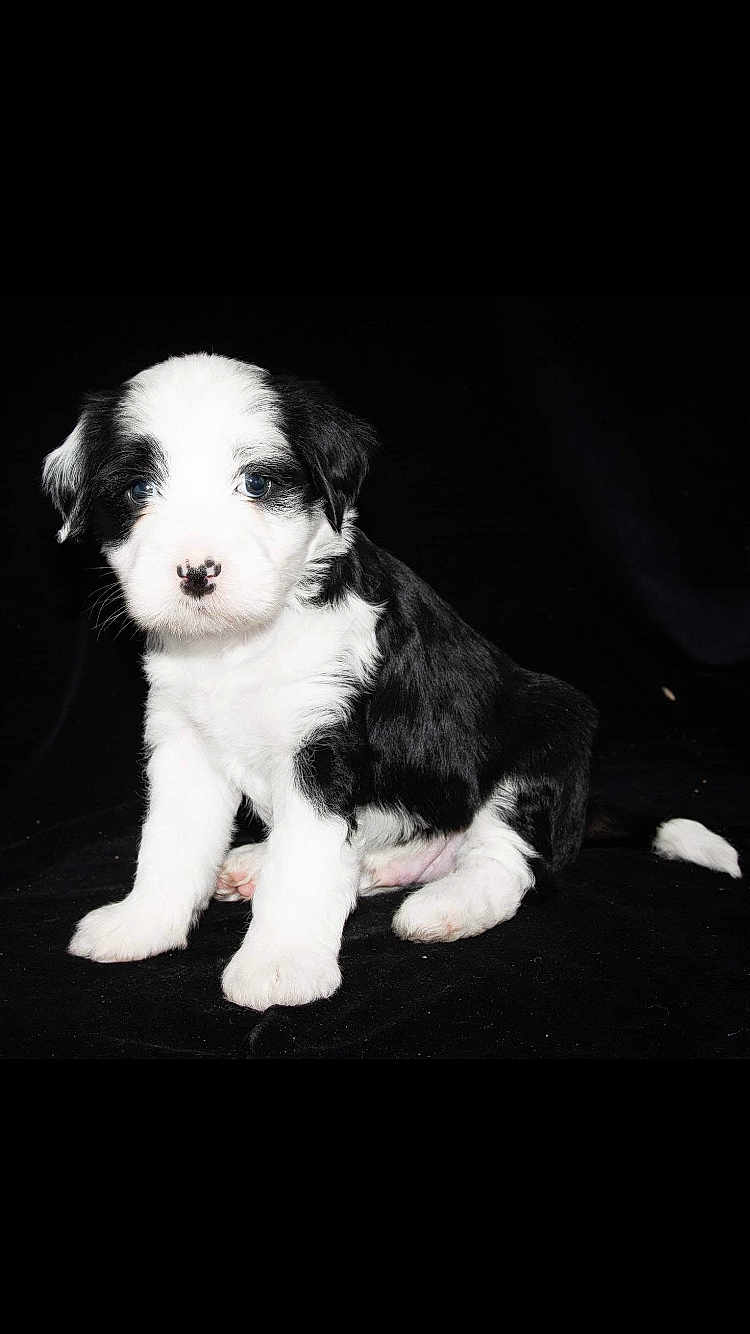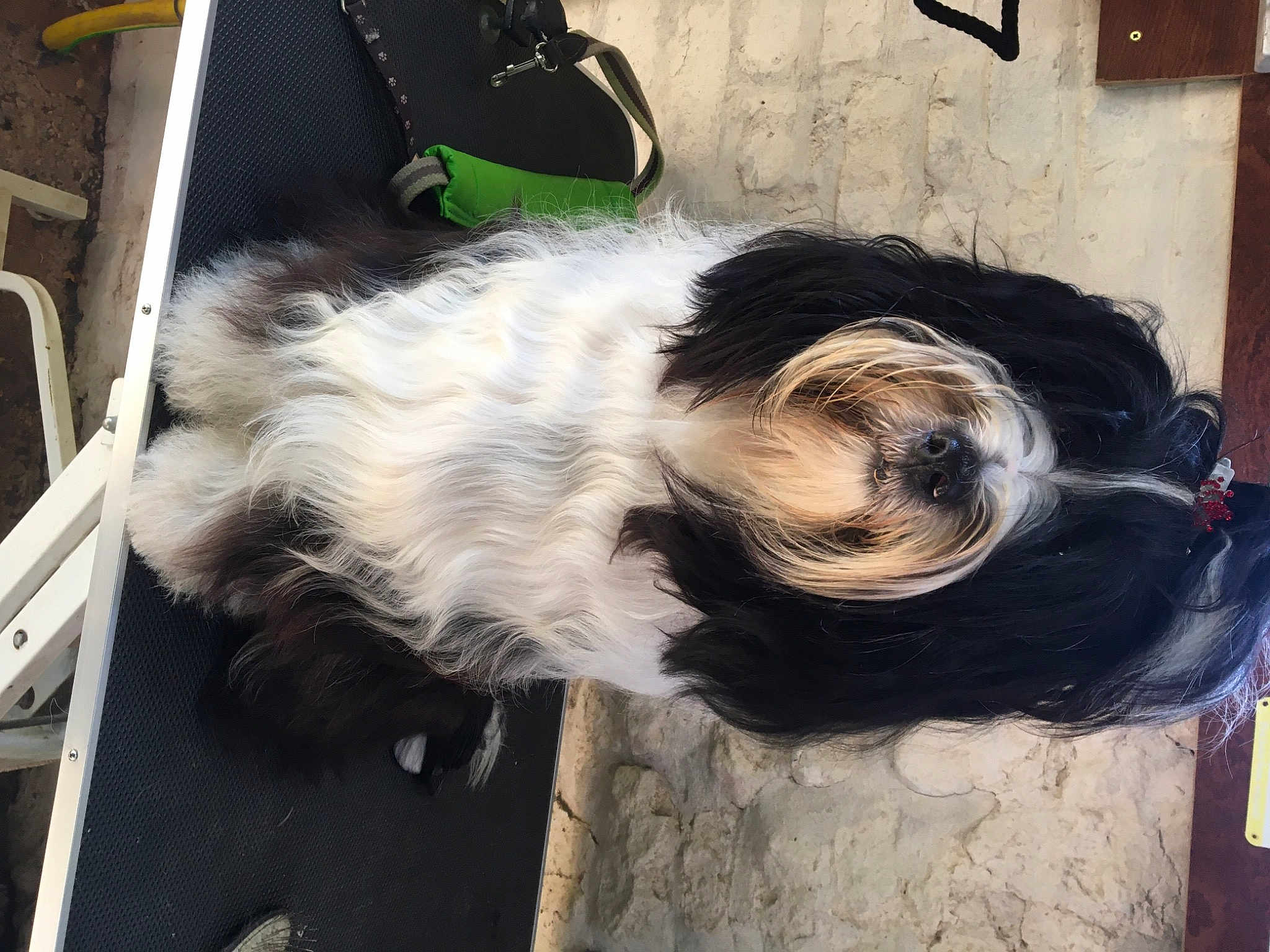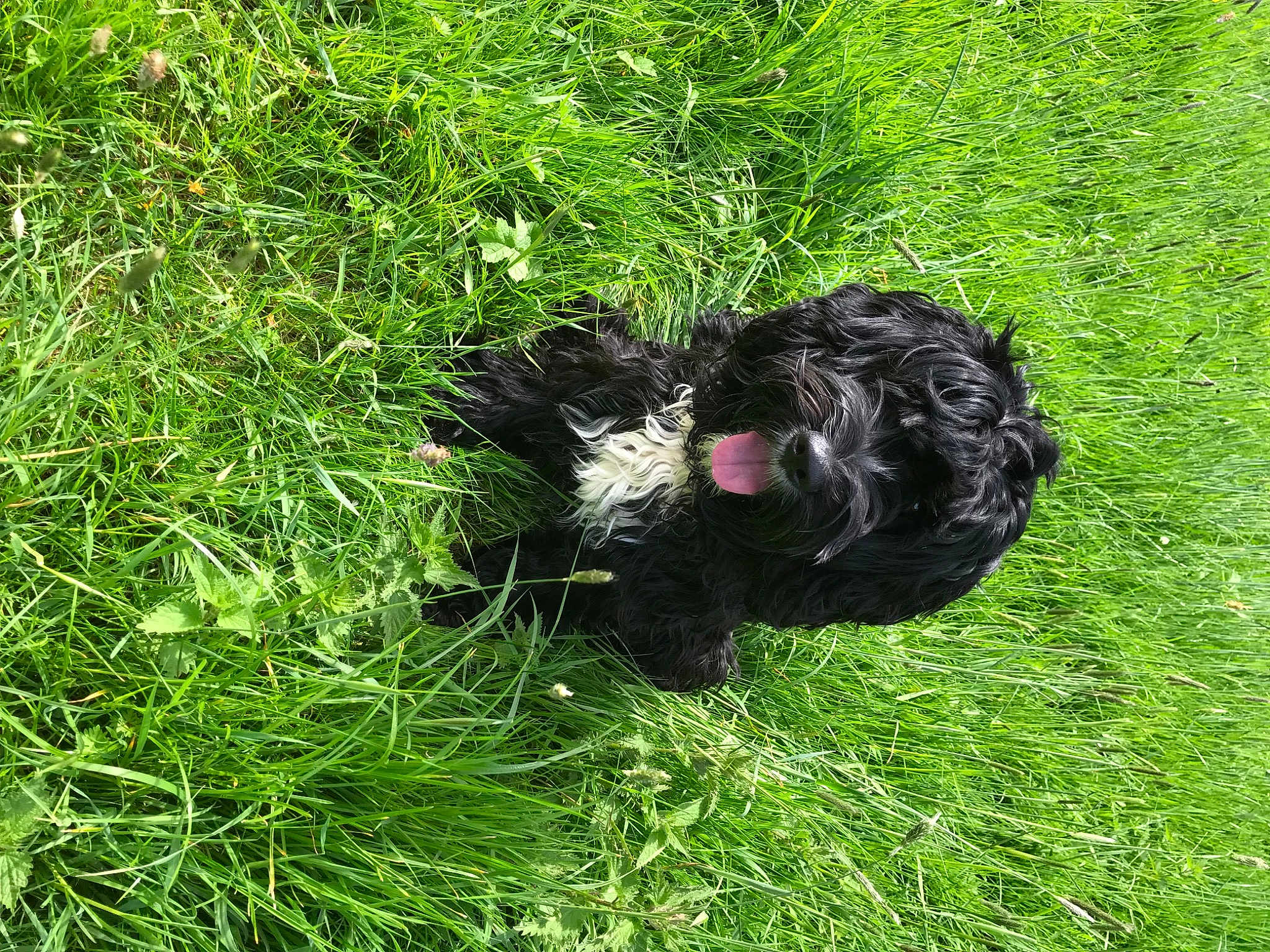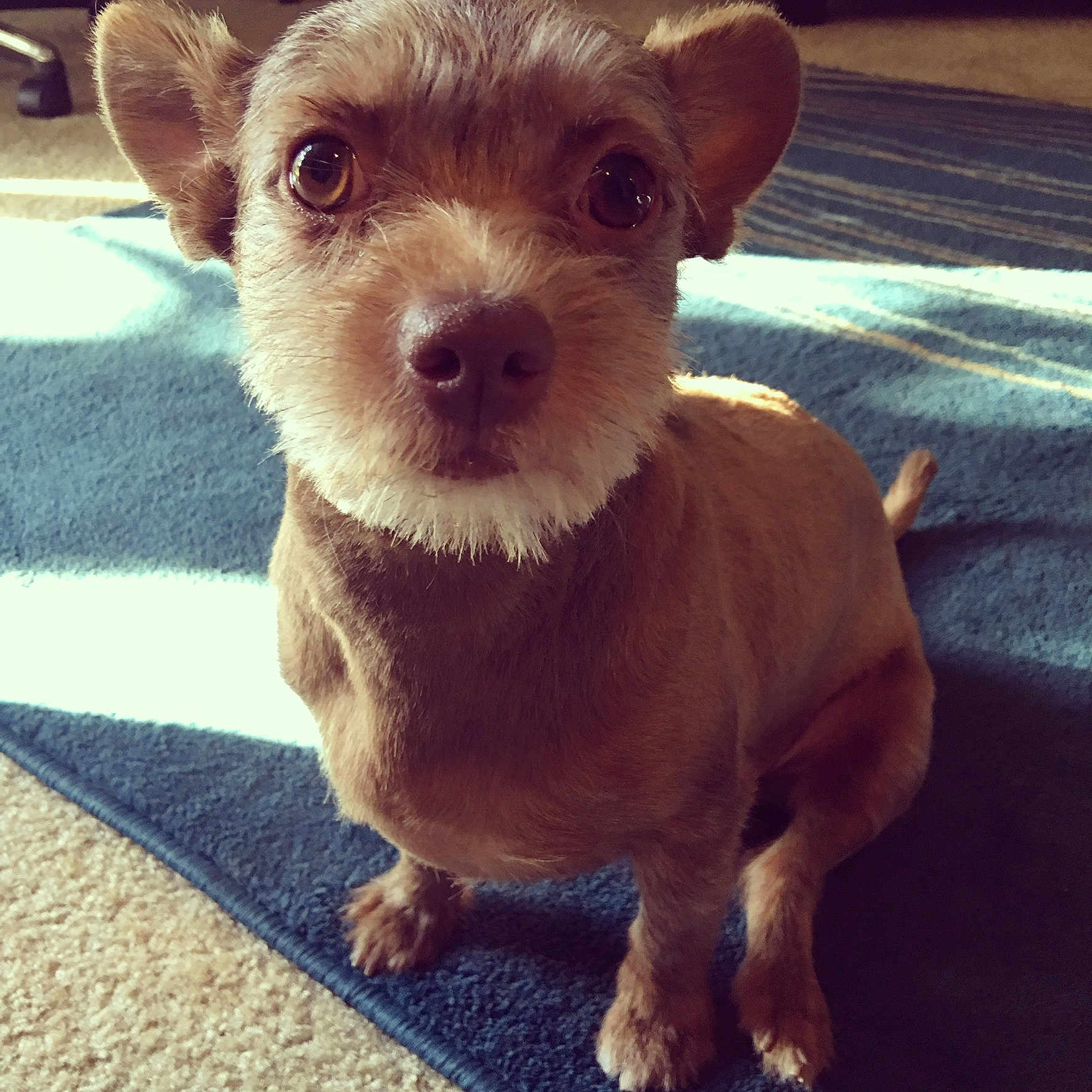
"The Tibetan Terrier, often dubbed the 'Holy Dog of Tibet,' is neither a true terrier nor just a pet; it's a living relic of ancient monasteries, believed to bring luck and warmth to its owners."
Personality and Behavior of the Tibetan Terrier
The Tibetan Terrier is a bundle of joy, known for its affable and even-tempered disposition. Often described as a "companion dog," this breed thrives on human interaction and forms strong bonds with its family members. Their energetic and playful nature makes them wonderful companions for both children and adults. Despite their relatively small size, Tibetan Terriers boast a confident demeanor, making them excellent watchdogs.
In terms of behavior, Tibetan Terriers are highly intelligent and quick learners, which means they respond well to training. However, their intelligence also means they require regular mental stimulation to keep boredom and subsequent mischievous behaviors at bay. Games, puzzles, and varied activities are essential to maintain their mental sharpness and overall happiness.
One of the most endearing traits of the Tibetan Terrier is their loyalty and affection toward their owners. They are known to be slightly reserved with strangers, but once they warm up, they can be as friendly and loving as with their own family members. Tibetan Terriers also get along well with other pets, making them a great addition to multi-pet households.
These dogs are naturally inclined to be excellent companions on outdoor adventures. Their agility and stamina make them suitable for various activities such as hiking and moderate running. However, while they are active, they are equally content with residing in an apartment, provided that they receive enough exercise and mental stimulation.
Tibetan Terriers have an innate agility and were historically used by Tibetan monks not only as companions but also to retrieve objects that fell down deep crevices—a testament to their remarkable balance and agility.
Meanings, History and Origins of the name Tibetan Terrier
The Tibetan Terrier owes much of its mystique to its origins in the Himalayan mountains, where it was bred by Tibetan monks. Despite its name, the Tibetan Terrier is not a terrier in the traditional sense. The term 'terrier' was added by early Western explorers who noted the dog’s size and playful, energetic spirit, common traits in true terriers.
In ancient times, these dogs were treasured by monks and nomadic herders alike. They were regarded as luck-bringers and weren't sold; instead, they were gifted as tokens of good fortune. This sense of spiritual significance extends to their name, which retains an air of mystery and reverence. Historical records suggest that the breed may have been in existence for over 2,000 years, used for herding, companionship, and as guardians of the monasteries.
The Tibetan Terrier’s coat is another significant aspect of its heritage. The double-layered coat was developed to protect them from the harsh climates of the Tibetan mountains. This practical yet beautiful feature adds to their charm and elegance.
Their historical background serves as a beautiful narrative of resilience, companionship, and deep cultural connections, making the Tibetan Terrier not just a pet but a symbol of heritage and history.
Popularity of the Tibetan Terrier
The Tibetan Terrier enjoys a moderate level of popularity, particularly among those who are informed about its rich history and balanced temperament. While not as commonly seen as some other breeds, its unique attributes make it a favorite among those who know and appreciate it.
In English-speaking countries such as the United States, the Tibetan Terrier has a dedicated but relatively small following. According to the American Kennel Club (AKC), the breed is recognized and has a breed club that ardently promotes its welfare and popularity. Despite its modest presence in the mainstream, those who own Tibetan Terriers are often lifelong devotees, praising their loyalty, intelligence, and affectionate nature.
Globally, the Tibetan Terrier enjoys particular acclaim in regions with strong historical ties to Tibet, such as India and Nepal. In Europe, the breed has garnered attention, especially in the United Kingdom, where breed-specific clubs and events help to maintain its visibility.
One of the reasons for its sustained, if niche, popularity is its adaptability to various living environments. Whether in urban apartments or rural settings, the Tibetan Terrier's versatile nature makes it a fitting choice for different lifestyles.
Health and Care of the Tibetan Terrier
Tibetan Terriers are generally robust and healthy but, like all breeds, they are susceptible to certain health conditions. Some of the more common health issues include:
- Hip Dysplasia: A genetic condition affecting the hip joints that can cause discomfort and mobility issues.
- Progressive Retinal Atrophy (PRA): An eye disorder that can lead to blindness. Regular eye check-ups are crucial.
- Hypothyroidism: A condition where the thyroid gland doesn't produce enough hormones, impacting the dog's metabolism.
Regular veterinary check-ups are essential to monitor and manage these potential health issues. Moreover, a balanced diet tailored to the specific needs of the Tibetan Terrier can go a long way in ensuring its overall well-being. High-quality dog food that meets all nutritional requirements, coupled with regular exercise, helps in maintaining optimal health.
Grooming is another critical aspect of their care. Their long, double-layered coat requires regular brushing—preferably daily—to prevent tangles and matting. Bathing should be done as needed, but not excessively, to maintain the natural oils in their coat. Regular dental care, nail trimming, and ear cleaning should also be part of their grooming routine to ensure they remain healthy and comfortable.
Training and Education of the Tibetan Terrier
Training a Tibetan Terrier can be a delightful experience given their intelligence and eagerness to please. However, they do have a streak of independence, so patience and consistency are key.
Positive reinforcement techniques work best with this breed. Reward-based training using treats, praises, and toys can make the process enjoyable and effective. Early socialization is crucial to help them become well-rounded adults. Exposing them to different environments, sounds, people, and other animals will build their confidence and adaptability.
Obedience training should start at a young age, focusing on basic commands such as sit, stay, come, and heel. Advanced training can include agility and trick training, which are excellent ways to keep their minds sharp and bodies fit. Enrolling them in puppy classes can also be beneficial, providing structured learning and essential socialization opportunities.
Patience is essential when dealing with the Tibetan Terrier’s occasional stubbornness. Maintaining a calm and assertive demeanor will establish you as a firm but fair leader, gaining their respect and cooperation.
Integration into household routines such as designated potty areas and feeding times helps in instilling discipline. Given their affectionate nature, Tibetan Terriers respond well to a supportive and loving training environment.
Choosing the right dog involves considering a variety of factors such as living conditions, activity levels, and the dog’s temperament. It’s essential to match these attributes with the family's lifestyle to ensure a harmonious relationship. The Tibetan Terrier, with its rich history, friendly demeanor, and adaptability, makes an excellent choice for those who appreciate a dog with a balanced temperament and a touch of mysticism.
The Tibetan Terrier holds a special place in the hearts of many pet owners, not just for its charm and temperament but for the historical and cultural heritage it represents. At KingPet, we have seen an increasing number of Tibetan Terriers participating in our contests, showcasing their beauty and winning the hearts of many. Choosing a Tibetan Terrier means embracing a breed with centuries of history, unparalleled loyalty, and endless affection.


















